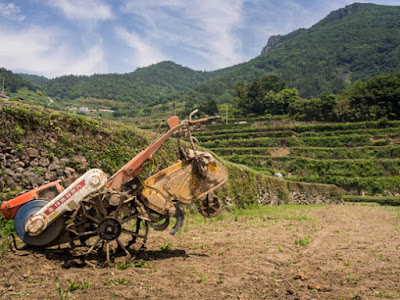The following morning after my arrival, my cousin, a US college student, and I took a public bus to the Lingyin Temple. On the way, we traveled past beautiful, lush gardens and parks. Meaning "Temple of the Soul's Retreat," derived from the tranquil, lush surroundings. Built in 326AD, Lingyin is not only one of the oldest temples in Hangzhou, but it is also one of the ten most important Zen Buddhism temples in China. At its peak from 907-960AD, Lingyin Temple had nine buildings, 18 towers, 72 halls, and was served by over 3,000 monks. Although destroyed at least 16 times, the current buildings are restorations of the late Qing dynasty. During the Cultural Revolution, it sustained some damage but thankfully was spared significant destruction by Premier Zhou Enlai.
The temple complex was rather large; some parts were closed off to visitors and others did not permit photography. In future blogs, I will include some interior shots in permitted buildings as well as some architectural details.
 |
| Founder, Indian Buddhist Hui Li |
 |
| The smoke of incense combined with the humid climate and early morning rains. |
 |
| An active temple, many monks could be seen |
Read more about Lingyin Temple on their official (English) website














































